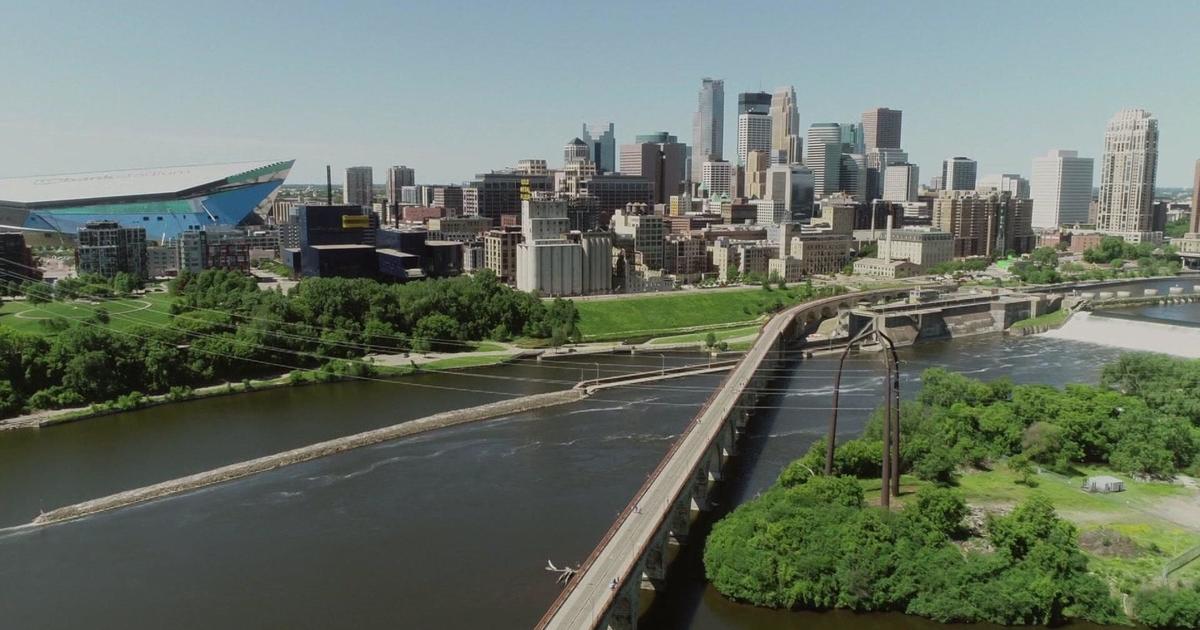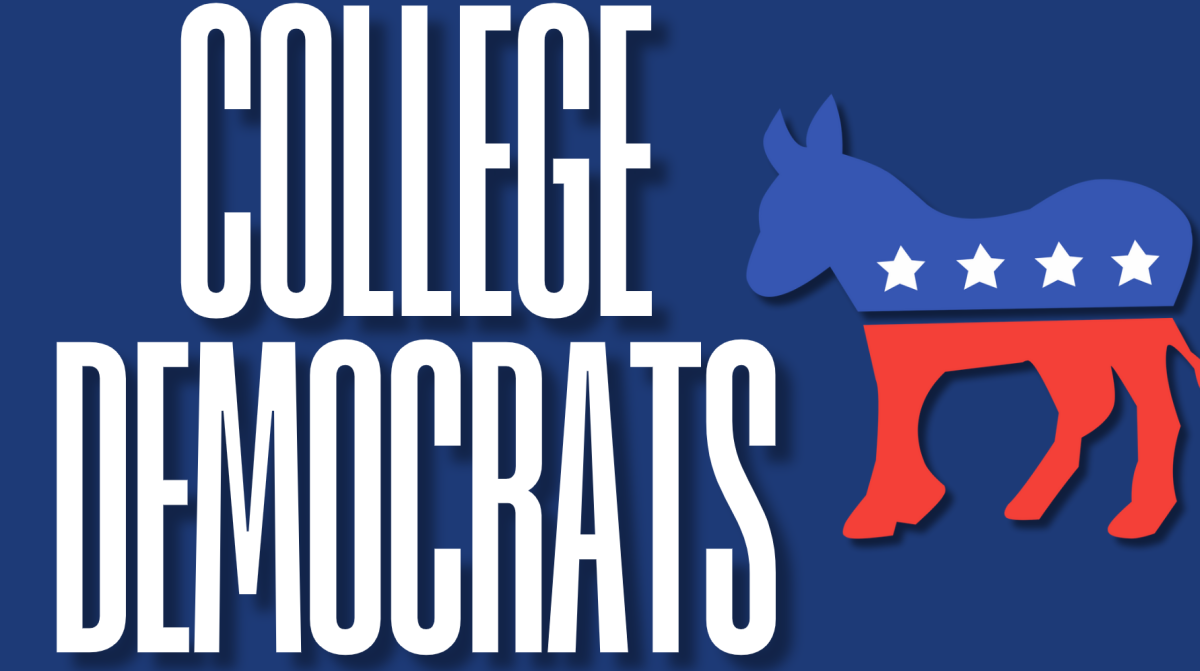Downtown areas across the United States are suffering with the shift to remote work in the post-COVID-19 era, and radical change is necessary to revitalize local economies. For far too long, downtown areas across the country have been neglected, relying on the once-abundant amount of office buildings full of busy employees to stimulate local businesses and bring millions of dollars in commerce. Unfortunately, the streets of downtown areas are no longer bustling with workers seeking to spend their disposable incomes before, during and after work since the COVID-19 pandemic caused businesses to vacate their offices and transition to remote work. A thriving post-pandemic downtown is not reliant on commuting workers, but rather is a downtown that is culturally vibrant and bustling with young adults and families.
The first step to creating a thriving downtown is to bring young adults and families to the area, allowing for a stable set of consumers within the city that aren’t based on the businesses occupying office buildings. Jacob Fisher, the mayor of Minneapolis, has stressed the importance of “having more people in the core of the downtown doing something other than working.” The future of the development of downtowns must be predicated on incentivizing people to live and visit the downtown area for reasons besides having to work. An easy incentive for families and young adults to visit or reside in downtowns is providing socially and culturally rich offerings throughout the area.
Creating a culturally rich downtown with plenty of social offerings will not happen rapidly and will not be solved by the addition of more restaurants and bars, as those already exist in downtown areas. Social offerings need to drive traffic to the downtown area, which can then allow for that foot traffic to be redirected to the local restaurants and bars. Public live events, open pop-up markets, temporary sculpture displays and green spaces are simple ways to bring affordable social offerings that will make downtown areas fun and bring foot traffic. Nearby downtown businesses are suffering as office districts become increasingly outdated, making it all the more critical that downtowns morph into places of entertainment to drive people to local businesses.
Transforming downtowns to an area where families and young adults live faces two significant hurdles: lack of housing and perceived danger in an urban environment. Hanna Love, a senior associate at the think tank Brookings Institute, mentioned that “the number one barrier that we heard from people was that fear of crime was preventing them from going downtown.” These fears are often misconstrued and don’t match the reality of living in a downtown area, as there has only been a slight uptick in crime in downtown areas that, before the pandemic, were some of the safest places to live. People are often swayed by the news coverage of a few violent crimes, as downtowns tend to experience more media coverage, shaping their perception of what the safety of downtowns is.
A potential solution to this perceived fear about safety in a downtown area is updating the general aesthetic of the area to have more lighting, better street and sidewalk maintenance and the use of brighter colors. By updating the general aesthetic of downtown areas, people will feel safer walking the streets and the perception of downtown as rundown with rampant crime becomes negated. By creating an aesthetic where people feel comfortable walking around downtowns, a feedback loop is created because it would lead to an increase in residents within the area, which will make downtowns perceived as even safer. If a downtown area is full of residents, then visually, the streets will feel less empty and people’s insecurity about the safety of an area will decrease.
Lack of housing is a major hurdle that must be surpassed before downtowns are no longer reliant on office workers and can be given consistent foot traffic through the shift to becoming a more residential neighborhood. Currently, a majority of the buildings in downtown areas are vacant office buildings that have the potential to become residential buildings that could increase housing in the area. Renovating a vacant office building into usable apartments is not a simple task since many of these office buildings were constructed in such a way that creating apartments in them is extremely expensive. Through a mixture of tax incentives and subsidies, downtown areas can make it economically beneficial for developers to redevelop these office buildings into apartments, bringing troves of people to live in the downtown area. Families and young adults who are bound to the downtown because it is their home rather than because they work there give the area increased stability and assurance that the local businesses will be stimulated.
A thriving downtown is advantageous not just to the area but to surrounding neighborhoods and the state as they generate large sums of tax revenue and are often essential to a state’s economic growth. Coming off the heels of the COVID-19 pandemic, the downtown area requires a desperate transformation that can only be provided through radical changes in how downtowns function. Downtowns nationwide can no longer be synonymous with workers and offices; they must evolve into places where fun and entertainment meet family and young adult housing.
Luca Amaturo, FCRH ‘26, Communications & Media Studies (Marlboro, New Jersey)










































































































































































































